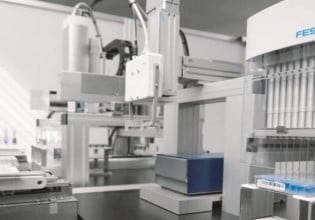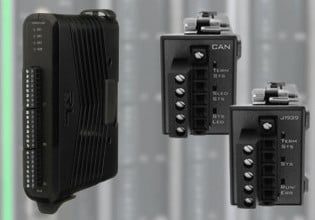F
We have two GE frame 5 MS 5001P gas turbines which were commissioned in 1982. These turbines are equipped with one accessory gear driven hydraulic supply pump. This pump is of make DELAVAN Model PV 3200 R rated for 18 GPM at 1200 Psig. Our Gas Turbines do not have accumulators in hydraulic supply system.
We intend to install auxiliary hydraulic oil pump (AHOP). GE has provided the proposal for auxiliary hydraulic supply pump but GE has recommended to shut down the unit to avoid possible damage in case AHOP cuts in due to low pressure. The proposed AHOP is rated for 9 GPM and accumulators are not included in proposal.
In view of above please advise following
1) What advantages we can gain by installing AHOP considering the fact that GE recommends to shut down gas turbine in case AHOP cuts in in normal operation
2)What possible damage can occur if gas turbine keeps running in case AHOP cuts in
We intend to install auxiliary hydraulic oil pump (AHOP). GE has provided the proposal for auxiliary hydraulic supply pump but GE has recommended to shut down the unit to avoid possible damage in case AHOP cuts in due to low pressure. The proposed AHOP is rated for 9 GPM and accumulators are not included in proposal.
In view of above please advise following
1) What advantages we can gain by installing AHOP considering the fact that GE recommends to shut down gas turbine in case AHOP cuts in in normal operation
2)What possible damage can occur if gas turbine keeps running in case AHOP cuts in






